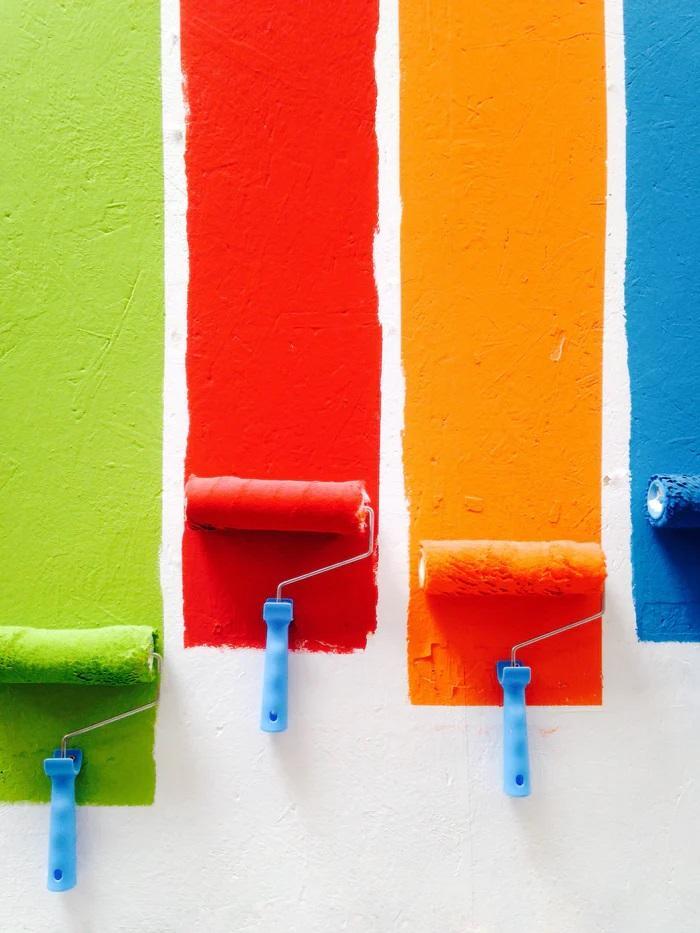Duplicated Chargebacks in the Pharmaceutical Industry
Handling duplicated chargebacks in the pharmaceutical industry is one of the well-known problems in the industry, and can cost a manufacturer dearly, when left unchecked.
This article reviews types of duplicates and discusses the best practices of handling them.
Types of Duplicates
Duplicated chargebacks can be classified in two types:
- Unauthorized products submission, and
- Duplicated credit requests for the same sale
Unauthorized product submission happen when a wholesaler fails to report a negative chargeback for a product return, and then submits a second chargeback request upon re-sell of the very same product again. This issue is closely related to chargebacks on products purchased from third-party channels and short-dated products purchased at a discount, and thus ineligible for chargebacks.
Same sale duplicates happen when a wholesaler submits a chargeback request for the exactly same transaction more than once.
Unauthorized Product Submissions
The vast majority of chargeback requests – 99.67% in the pharmaceutical industry – are coming via EDI in the format of the form 844. Neither this form, nor file-based formats include serialization or lot numbers.
Even though some wholesalers are capable of sending global ID for each chargeback line, this has not yet become an established practice.
Without access to the unique line ID, the only alternative route of detecting unauthorized products and duplicated chargebacks is to rely on the validation by inventory. EDI 849 provides an error code A1 – Insufficient Wholesaler Inventory.
The algorithm of chargeback validation by inventory combines direct and indirect sales data with wholesalers’ on-hand inventory counts (EDI 852) and Product Transfer and Resale Reports (EDI 867) – and calculates the maximum quantity of units permitted to receive chargebacks per wholesaler for each NDC.
The calculations have to take into account the following factors, contributing uncertainties to the processing:
- Drugs may be transferred between wholesalers’ distribution centers, meaning that “negative” projected inventory at hand at a certain distribution center does not constitute a reason to reject chargebacks coming from that distribution center
- Chargeback submissions may be delayed for weeks, months, and even years. As the result, chargeback for a later sale may be approved while the chargeback for the prior one is rejected. Wholesalers have non-contractual sales diminishing their inventory, but not reflected in the chargebacks submissions. Reconciliation between 844 and 867 datasets is far from clear, due to some data being blinded and significant differences in key fields.
Validation by inventory detected a large percentage of chargeback requests as having inventory balance discrepancies. However, due to calculation complexity and explanations received from wholesalers, many of those questionable transactions were approved.
Duplicated credit requests for the same sale
Duplicates of the second type occur when either the whole debit memo is repeatedly submitted in separate EDI files, or when an identical invoice line is submitted a number of times in one or several debit memos. The standards of processing EDI forms 844 provide code YY – Duplicated Line Entries – to reject such debit memos or lines.
Data analysis several years ago conducted on the transaction pool of about 30 million records collected over five years, showed that duplicated submissions of the second type constitute 3.67% of all submitted debit memo lines!
The vast majority of the duplicates – 95.8% – happen because the whole debit memos were submitted multiple times, often because of EDI transmission errors. And the good news is that such duplicates are quite easy to notice and to handle.
The other 4.2% happen because of repetitive submissions of the individual lines. Out of those records, 44.7% duplicated lines were coming in the same debit memos with the original submission, while the other 55.3% duplicated lines were submitted a number of days, months and even years after submissions of the original lines!
Several wholesalers implemented a system, which issues only one daily invoice to a customer. When a customer calls ten times to order an additional unit of a product, that invoice will contain ten identical lines for a quantity of one, rather than one consolidated line with a quantity of ten.
Once several wholesaler invoices are reviewed, duplicated lines on the same invoice should not be considerate duplicates.
Conclusion
Duplicated chargebacks in the pharmaceutical industry is a known case of revenue leakage, and needs to be addressed. Universal use of unique chargeback line identifier may be the key to solving this issue.
Until then, chargeback processing software has to automatically deny or approve duplicates depending on their type and on the specifics of the data submitted by the wholesalers.

